An apple tree in Shaanxi tells a story: China's quest to eradicate rural poverty
Zaobao correspondent Yang Danxu journeys to Yan'an, northern Shaanxi - the old base of the Chinese Communist Party - ahead of the latter's 100th anniversary on 1 July. She finds that Shaanxi speaks of the wins and woes of China's development in recent years. Despite impressive economic growth, China is grappling with complicated problems such as urban-rural gaps and pockets of poverty in its vast hinterland.
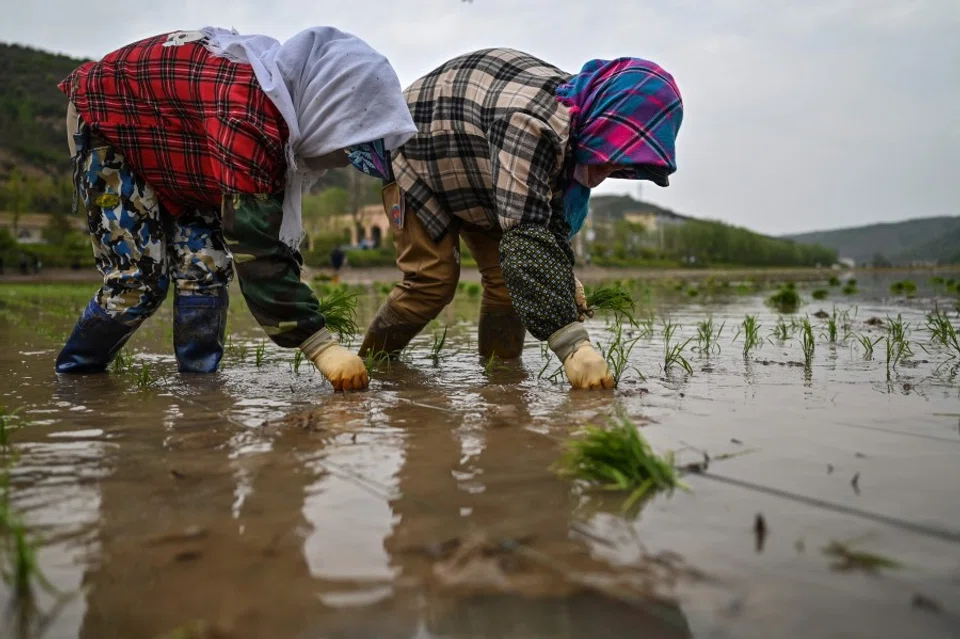
When my plane landed at Beijing Capital International Airport, I was greeted by a photo sent to me on my phone - a fruit tree with my name on it.
Other foreign journalists and I had gone to an eco-farm in Nangou village on our last day of assignments in Yan'an. A Chinese Communist Party (CCP) cadre attached to the village was there to receive us. With much enthusiasm, he told us about the tremendous change that China's mountain villages have gone through in less than a decade.
Opening up rural tourism, planting crops, setting up co-ops, letting villagers share in bonuses... these are all familiar set pieces in China's poverty alleviation plan. Just as we were starting to lose interest, the storytelling cadre made his move, asking us if we would like to help alleviate poverty by adopting an apple tree.
The farm arranges for someone to take care of the tree, and the apples are picked when they are ripe. The adopter just has to wait for sweet, crunchy apples to be sent to their home.
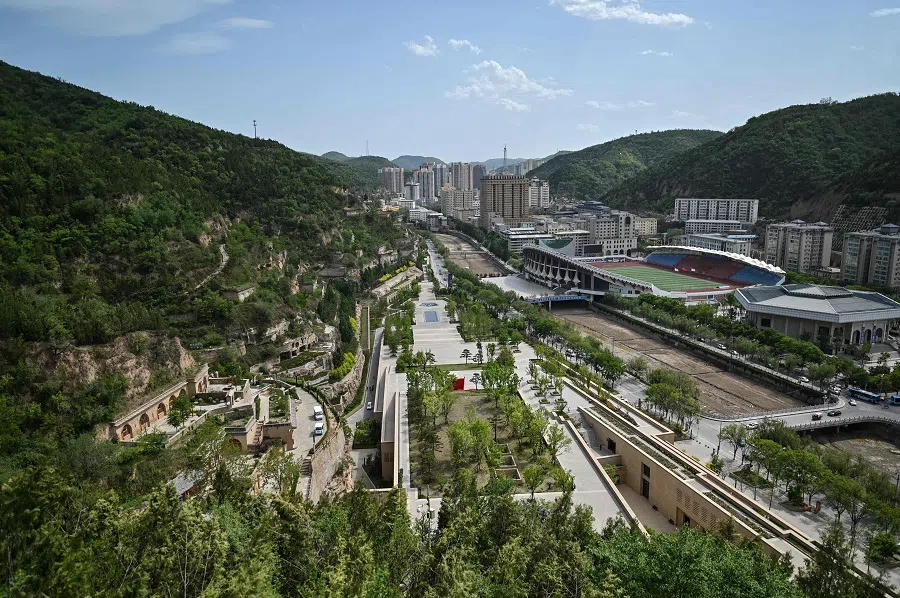
An apple a day...
Adopt a tree? What did that mean? Our interest was piqued.
As it turns out, about two or three years ago, the eco-farm - that villagers have shares in running - started a project where visitors can adopt an apple tree for 500 RMB (about S$104), which means buying one year's worth of "picking rights" for that tree.
The farm arranges for someone to take care of the tree, and the apples are picked when they are ripe. The adopter just has to wait for sweet, crunchy apples to be sent to their home. The farm even does a video of the apple-picking, and sends it to the adopter as a souvenir.
This creative project fascinated many of us. Along the way, we did see that the local apples were large and sweet, each one weighing about half jin (about 250g). But some sounded the alarm: what if the apple tree they adopted did not bear fruit? Would the 500 RMB they invested go down the drain?
Last year, 6,000 trees at the eco-farm were adopted, and this year's target is to find adopters for 10,000 trees before the harvest.
The cadre assured everyone that the place was on a high elevation above sea level, with a significant daily temperature difference and ample sunlight, making it suitable for growing apples. Even if the adopted tree really did not bear much fruit, the farm guaranteed at least 72 apples for the adopter; if they were lucky to adopt a productive tree, they could get as many as 100 apples.
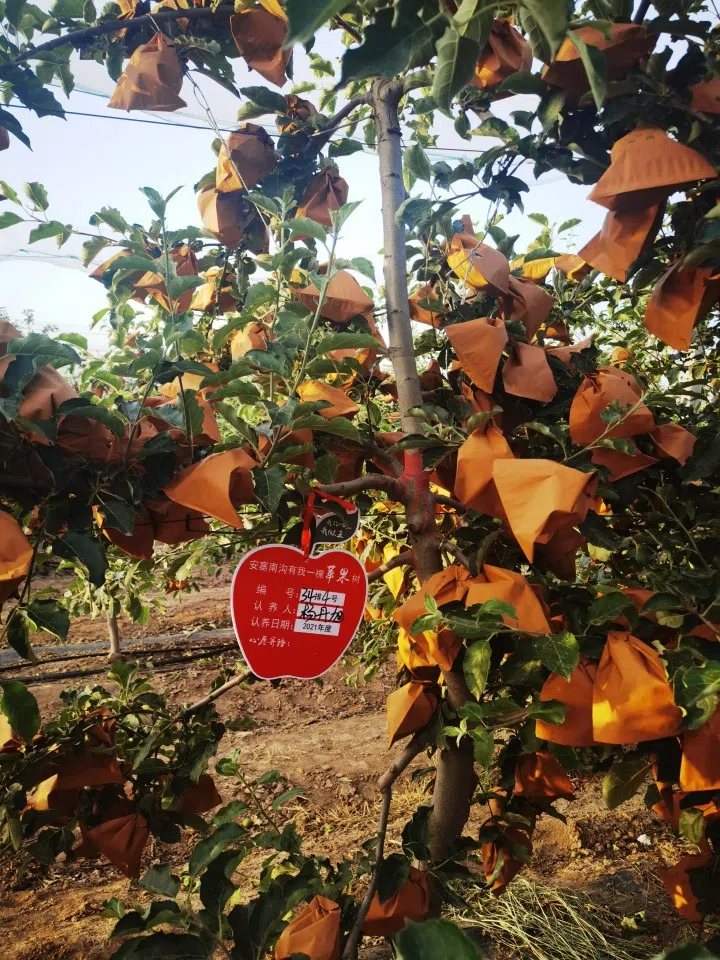
As the cadre briefed us, he took out a QR code. Several foreign journalists scanned it to make a little investment in northern Shaanxi, and to have their name marked on a tree.
This was probably the most interesting way to sell apples that I have seen. Adopting a tree meant finding a pre-buyer for apples that have yet to ripen, and the farmers would have some assurance before harvest time. Last year, 6,000 trees at the eco-farm were adopted, and this year's target is to find adopters for 10,000 trees before the harvest.
Selling apples through adoption also brings a sort of second harvest to the eco-farm. After people from neighbouring regions adopt a tree, they tend to come back to "visit" their tree every few days, and many return to the eco-farm during the autumn harvest to pick apples. And each time the visitors come back, they stay at hotels, go fishing, ride dune buggies, and take part in entertainment activities, which naturally means they spend more.
... these "gimmicks" have been just the strategy that has helped this remote and impoverished village transform itself.
Creative ideas or simple gimmicks?
Someone among us said that this was just another gimmick. But these "gimmicks" have been just the strategy that has helped this remote and impoverished village transform itself. According to the village cadre, the per capita income of 1,002 local villagers reached 15,800 RMB last year, which is a leap from five or six years ago.
In 2015, villagers started innovating by developing the organic agriculture and rural tourism industries. Before that, Nangou village was notorious for poor transport links and being a tough place to start a family and to make a living. The per capita income of villagers was just 3,000 to 4,000 RMB then. Local villagers self-mockingly said that when in Nangou village, "your legs are the best form of transportation, and your voice is the best form of communication".
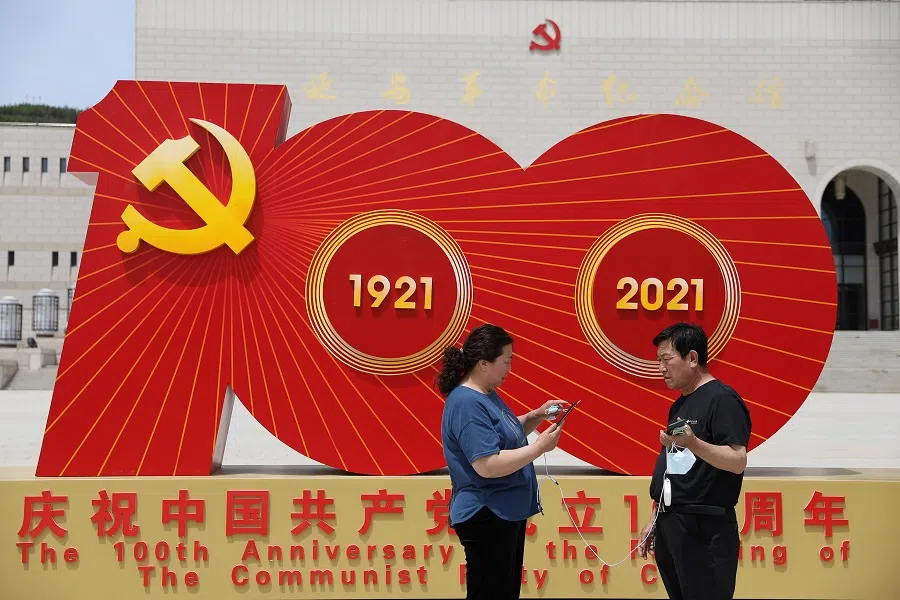
The main objective for visiting northern Shaanxi to conduct group interviews was to understand the history of the CCP. Located in the hinterland of the Loess Plateau, Yan'an is hailed as the holy land of the Chinese revolution. With the 100th anniversary of the CCP fast approaching, the world is very interested to know about how the CCP gained strength during the Yan'an period.
Revolution and evolution
But apart from the CCP's history in Yan'an, the development that northern Shaanxi's old revolutionary sites have undergone is very intriguing as well. A common image of northern Shaanxi is that of massive clouds of dust billowing in the air from the wind stirring up yellow mud and sand, just as it is described in the famous song, The Loess Plateau (《黄土高坡》). As I travelled northwards from Xi'an to Yan'an, lush green mountains dotted both sides of the highways. The original landform of the Loess Plateau was no longer visible. In 1999, the region underwent the "Grain for Green" programme. Over a span of 20 years, the original sea of yellow mud and sand has turned into lush emerald green forests.
The transformation of Yan'an is a reflection of China's transformation over the years. In the communique of the fifth plenary session of the 19th Central Committee of the CCP, poverty alleviation, a significantly improved ecological environment, and higher standards of living were listed as the country's achievements over the past five years. Such self-praise in the print media came to life in what I saw in Yan'an.
In the night markets, a cup of milk tea is sold for a mere 6 RMB - around one-fifth the price in Beijing - reflecting the people's income level.
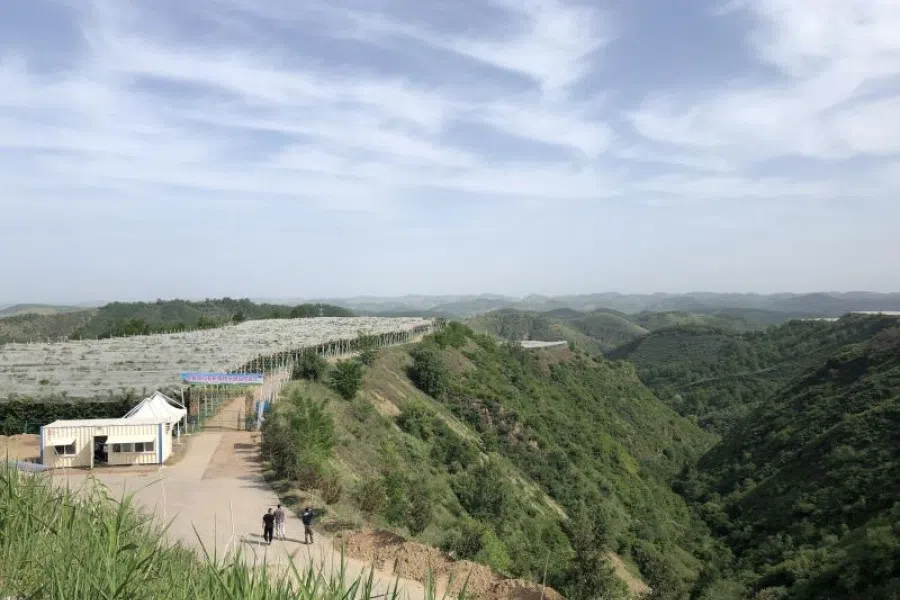
However, this small city in northern Shaanxi also laid bare China's regional development imbalance and the large urban-rural development gap. Despite the government's poverty alleviation efforts, the annual income of villagers in Nangou village lags far behind that of residents living in big cities or even rural areas along the southeast coast. Even in the bustling downtown Yan'an area, not a single Starbucks coffeehouse, which is commonplace in major Chinese cities, can be found. In the night markets, a cup of milk tea is sold for a mere 6 RMB - around one-fifth the price in Beijing - reflecting the people's income level.
This is one facet of the true face of China. While the country is now the world's second largest economy and fast catching up to the US, there are complicated problems that are yet to be solved. But no one should underestimate the resilience and determination of the people at the helm.
Related: Chinese researcher: This is how China gets rid of poverty | Chinese economics professor: My grandmother and the kind, gentle souls of rural China | Lifting 'the poorest of the poor' out of poverty in Sichuan: Does poverty alleviation mean uprooting people from their homes? | Village entrepreneurs' love-hate relationship with e-commerce



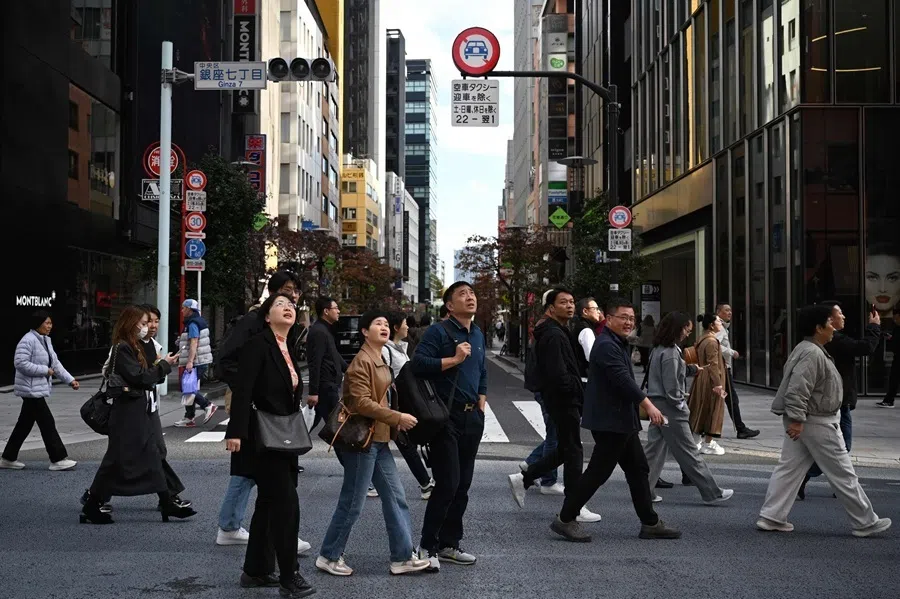

![[Big read] China’s 10 trillion RMB debt clean-up falls short](https://cassette.sphdigital.com.sg/image/thinkchina/d08cfc72b13782693c25f2fcbf886fa7673723efca260881e7086211b082e66c)